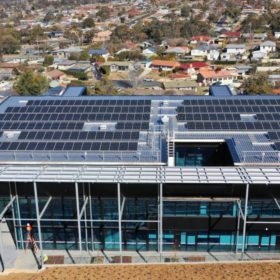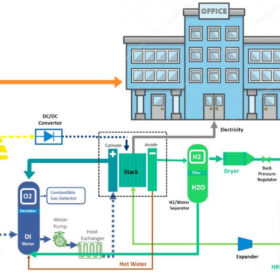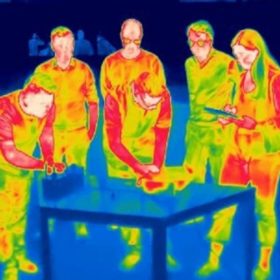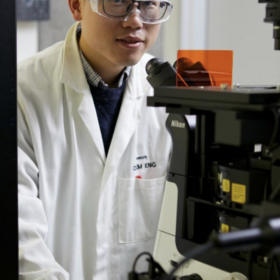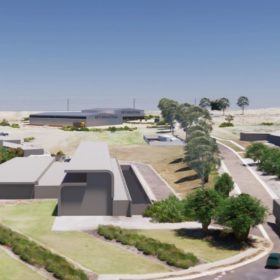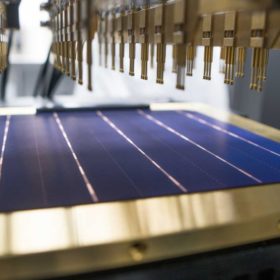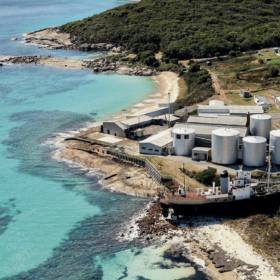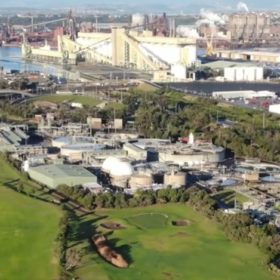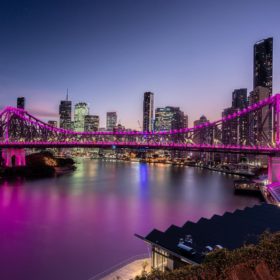Virtual power plant technology on trial in NSW schools
The New South Wales government has announced plans to use part of an estimated eight million square metres of public school roof space to install rooftop solar PV as it seeks to test the most effective ways to generate, store and export renewable energy into the state’s electricity grid.
Cost comparison between lithium batteries, fuel cells, reversible solid oxide cells as storage for off-grid rooftop PV
Scientists in the United Arab Emirates have looked at how off-grid rooftop PV could be combined with batteries, fuel cells or reversible solid oxide cells for energy storage. The modelling assumed a typical commercial building in Los Angeles.
UNSW researchers crack ‘night-time’ solar
Researchers from the University of New South Wales have made a major breakthrough in what was previously conceived of only in theoretical terms, namely, ‘night-time’ solar power.
Water ‘secret ingredient’ in new processing mechanism for perovskite nanocrystals
An unlikely union has been discovered by members of ARC Centre of Excellence in Exciton Science, who have found a way to control the growth of phase-pure perovskite crystals for next-generation photovoltaics using water.
Heat-storage building material to passively cool PV systems, batteries
German researchers have developed a new shape-stabilised phase change material with the ability to store up to five times more thermal energy than commercially available phase change materials (PCMs).
Deakin secures $50 million funding for clean energy hub
Victoria’s Deakin University will spearhead what it claims will be the largest recycling and clean energy advanced manufacturing ecosystem in Australia after securing $50 million in funding through the Federal Government’s $242.7 million Trailblazer Universities Program.
Trailblazer tipped to accelerate Australia’s clean energy transition
The University of New South Wales and the University of Newcastle will join forces to develop and commercialise “world-leading” technology in solar, renewable hydrogen, storage and green metals after securing $50 million in Federal Government funding through the Trailblazer program.
WA project seeks to demonstrate ‘almost limitless’ potential of ocean energy
The southern tip of Western Australia will soon be the focus of an ocean energy project which is hoping to match end-users to ocean energy solutions and eventually build a “physical marketplace using an integrated microgrid approach” – though exactly what this involves remains somewhat vague.
Wollongong university recruited for green steel research project at Bluescope
BlueScope Steel, the country’s largest steelmaker, will partner with its local university in Wollongong and Future Fuels CRC to undertake a 13 month research project investigating options for decarbonising its operations at the Port Kembla Steelworks.
Solar-backed electrification of city tipped to save $3.9 billion
A plan to “rewire” one of Australia’s largest cities by electrifying the region’s homes and vehicles and powering them with solar energy would save the average household almost $5,000 a year, generate more than 24,000 jobs and provide an overall annual economic benefit of approximately $3.9 billion.
